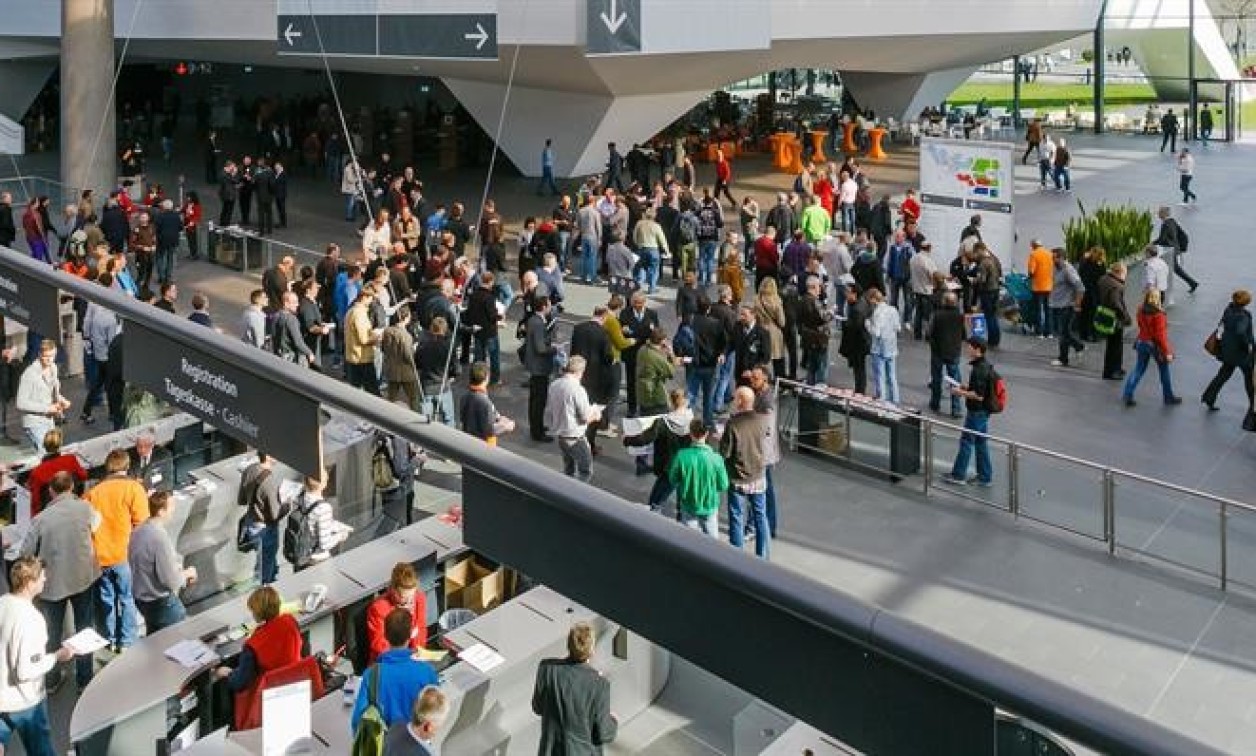What I want to see at Embedded World 2016
February 15, 2016

"IoT", "M2M", and "Industrie 4.0″ are a few obvious examples of the plethora of buzzwords I've little doubt I will be visually assaulted with as I m...
“IoT”, “M2M”, and “Industrie 4.0″ are a few obvious examples of the plethora of buzzwords I’ve little doubt I will be visually assaulted with as I meander around Nuremberg Messe’s Embedded World 2016, the same as I was last year, and the year before that. These technologies generally fit into the category of “connected” or “connected devices”.
For me, Embedded World 2014 was when these connected-device terminologies really caught the imagination of exhibitors. Of course, as is the case with so many desperate to climb aboard the latest bandwagon, what they actually exhibited was often of the loosest relevance to the buzzwords emblazoned across their stands. Through interviewing, many conceded they simply had to publically pay homage, and the substance would definitely come later. To be fair, many exhibitors had had time to ponder their “connected” strategies and were able to demonstrate which directions their connected solutions would take and speculate which applications they would end up in. I witnessed excitement, enthusiasm, and plans formulating, but that previous verb “speculate” is what defined the event for me: speculation.
I entered Embedded World 2015 last year in trepidation, though I was pleasantly surprised to see so many exhibitors had responded to my (and no doubt countless others’) despondency in the lack of real substance to their connected visions. I witnessed a smart lighting example as Intelligent Street Lighting, I observed a connected logistics solution for public transport, I even saw a demonstration of an IoT stair lift for the elderly, and whilst appearing initially farcical its value quickly became apparent to me. What the exhibition lacked, predominantly through lack of elapsed time since the previous event, was sufficient real-world usage examples to really drive home the benefits of what our industry is trying to achieve to “yet to convince” onlookers.
If you haven’t guessed it yet, what I want to see at Embedded World 2016 is proof. I want to see, read, and hear about completed projects, finished deployments where statistics following smart connectivity prove to the world its value. I want to see case studies, with undisputable statistics and feedback from those well outside of our industry of the benefits they value, and from those with no vested interest – or even better no interest at all in fact – what the technology actually is at its core. This for me is what takes the connected devices movement beyond clever marketing fodder and presents a palpable benefit to people’s lives.
Earlier this year I personally reviewed XeThru’s respiration detection evaluation kit on my (then) 2-month-old baby son before its official release. It promised a revolution in remote baby monitoring and the elderly (typically monitored far more remotely) alongside potential applications in point of sale. He’s now a year old and having used the kit I’m desperate to see where this technology drove their clients and understand exactly where and how such sensors are being used today. I mention this (at its core) “unconnected” example as this revolution can be revolutionized itself by combining it with increased connectivity. Maternity wards or nursing homes can, for the first time, have centralized health and well-being monitoring without intrusive surveillance cameras.
Perceptual computing is an emerging area that I covered recently that promises a new way to interact with machines in an immersive, seamless fashion. We’ve also seen advances this year in artificial intelligence (AI). Both technologies offer the opportunity for a fresh wave of innovation on show at Embedded World 2016, though I’m hoping for more than pure speculation.
Quite how these technologies will combine in a decade’s time is potentially a scary thought; the complexity of security in such devices is already a huge challenge, and vulnerabilities in what we’d consider “safe” devices seem to be regularly revealed. The fear of relinquishing control, be that to a malicious “hacker” or a rogue artificial brain – I’m not sure which is the bigger threat. Our experience of AI for most of us now is restricted to trying to confuse online bots – just how comfortable will we feel once we concede or believe AI has the upper intellectual hand on ourselves, I don’t know…




